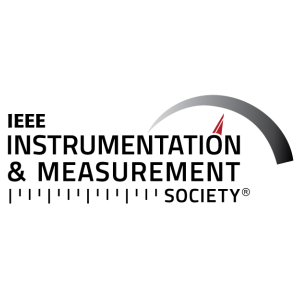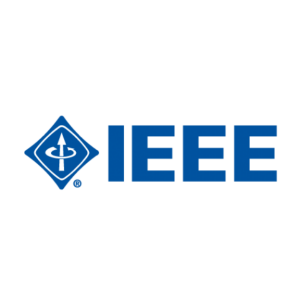- Distinguished Professor of Computer Science at the Graduate Center/CSI, CUNY
- IEEE Fellow, Fellow SPIE, Fellow of IS&T, Fellow AAAS, Fellow AAIA
Visual Perception-Driven Image Quality Measurements: Principles, Future Trends, and Applications
- PhD, O.ONT, FCAHS, FCCPM, FCOMP, FSPIE, FIEEE, FAAPM, FIOMP, FAIUM
- Professor and Chair of the Division of Imaging Sciences of the Department of Medical Imaging at The Western University.
- Founder and past Director of the Imaging Research Laboratories (IRL) at the Robarts Research Institute
Applications and trends for use of 3D Ultrasound in image-guided Interventions and point of care diagnostic applications
- PhD
- Senior Vice President and Chief Technology Officer Ashland Global Holdings
Navigating Innovation in Global Markets
- IEEE Fellow
- 2019 George S. Glinski Award for Excellence in Research
- Professor, School of Electrical Engineering and Computer Science, University of Ottawa
Quantifying Uncertainty in Machine Learning Based Measurement
- Fellow of the IEEE
- ONR Distinguished Faculty Fellow
- Professor and Chair Electrical and Computer Engineering Manhattan College, NY
- Director Laboratory for Quantum Cognitive Imaging and Neuromorphic Engineering (CINE)
- Augmented Intelligence and Bioinspired Vision Systems
Innovations in Unresolved Resident Space Objects (RSO) Detection: From Analog to Neuromorphic Detectors
Secondly, Giakos and coworkers introduced novel and efficient bioinspired vision architectures, operating on polarimetric neuromorphic detection principles, in conjunction with efficient deep learning architectures, namely, the polarimetric Dynamic Vision Sensor p(DVS); integrating human cognition capabilities, such as computation and memory emulating neurons and synapses, together with polarization of light principles. The p(DVS) would ultimately revolutionize and give rise to the next-generation highly efficient augmented intelligence vision systems with potential applications in space research. The experimental results clearly indicate that both high computational efficiency and classification accuracy can be achieved on detecting the shape, texture, and motion patterns of resident space objects (RSO) and space debris; while operating at low bandwidth, low memory, and low-storage (2016-present).
Quantum State Tomography: An integrated approach
- IEEE Fellow
- Full Professor of Electromagnetic Fields
- Director of the Department of Electrical, Electronic, Telecommunications Engineering and Naval Architecture (DITEN).
- University of Genoa, Genoa, Italy
MICROWAVE IMAGING TECHNIQUES AND APPLICATIONS: FROM BASIC CONCEPTS TO RECENT DEVELOPMENTS
- Full Professor of Electromagnetic Fields
- Department of Electrical, Electronic, Telecommunications Engineering and Naval Architecture (DITEN).
- University of Genoa, Genoa, Italy
MICROWAVE IMAGING TECHNIQUES AND APPLICATIONS: FROM BASIC CONCEPTS TO RECENT DEVELOPMENTS
- Fellow IET
- Deputy Head: Department of Production and Management Engineering
- Director: Laboratory of Robotics and Automation
- Democritus University of Thrace
Embedded vision systems for emergency management tasks
- Technical University of Crete
- Professor at the School of Electrical and Computer Engineering
- Vice Rector at the Technical University of Crete
Medical Image Segmentation, Radiomics and Radio-transcriptomics: applications in cancer diagnosis
- Associate Professor Head of Studies MSc Autonomous Systems Department of Electrical Engineering Technical University of Denmark













